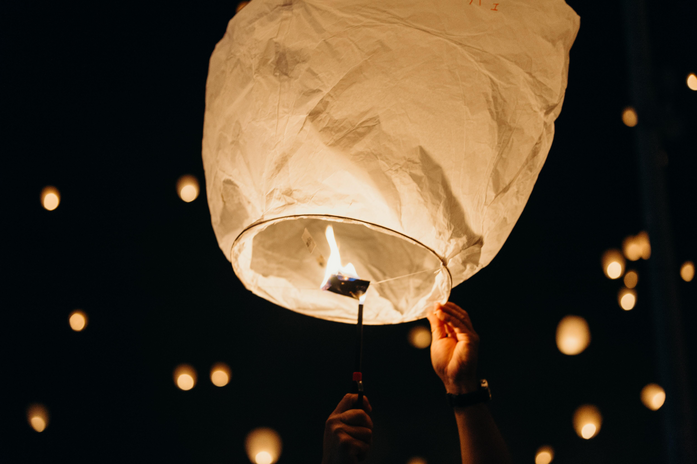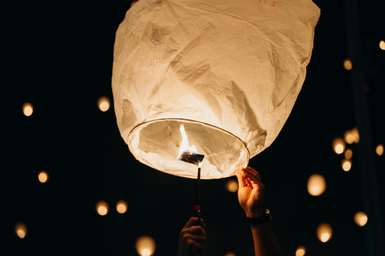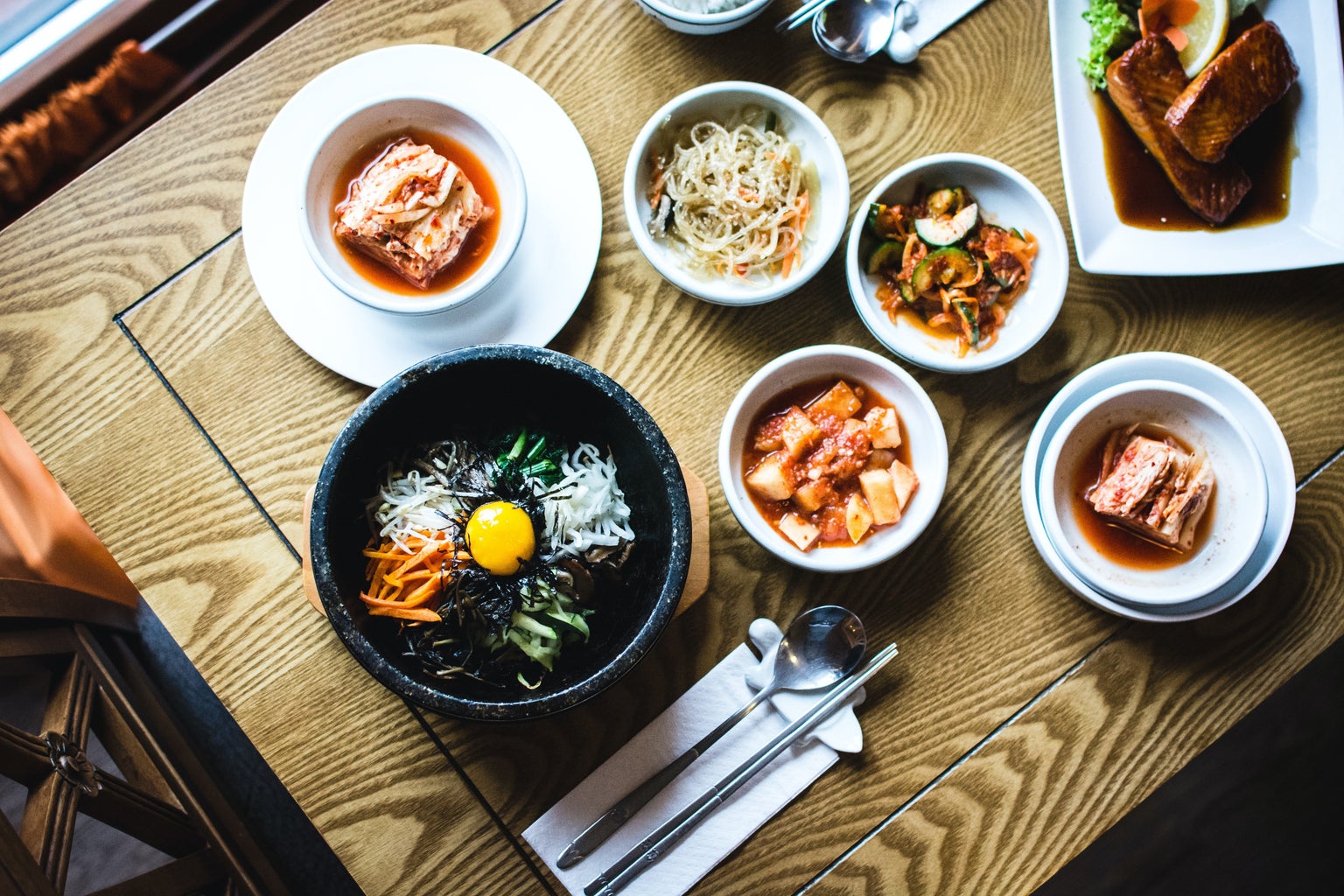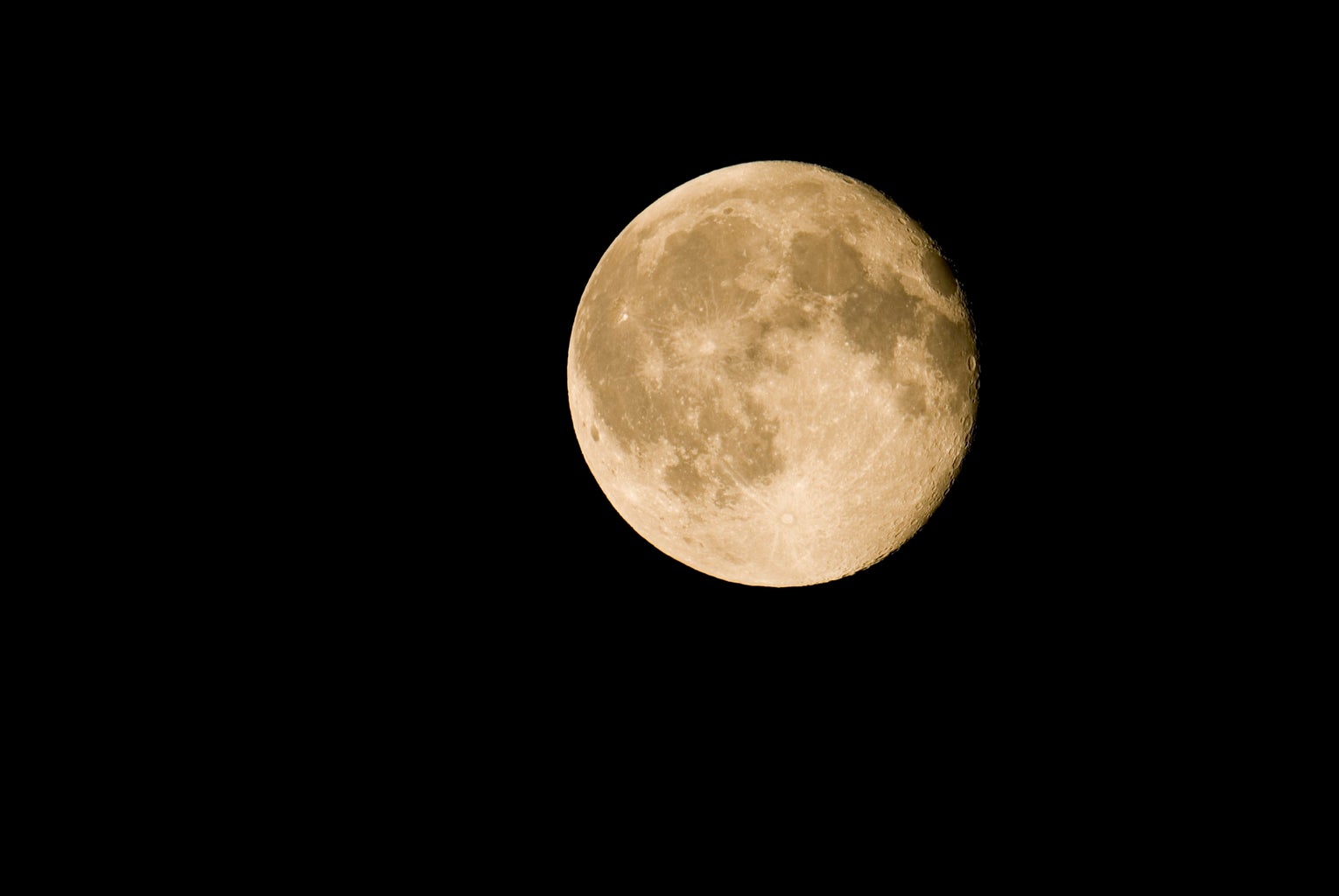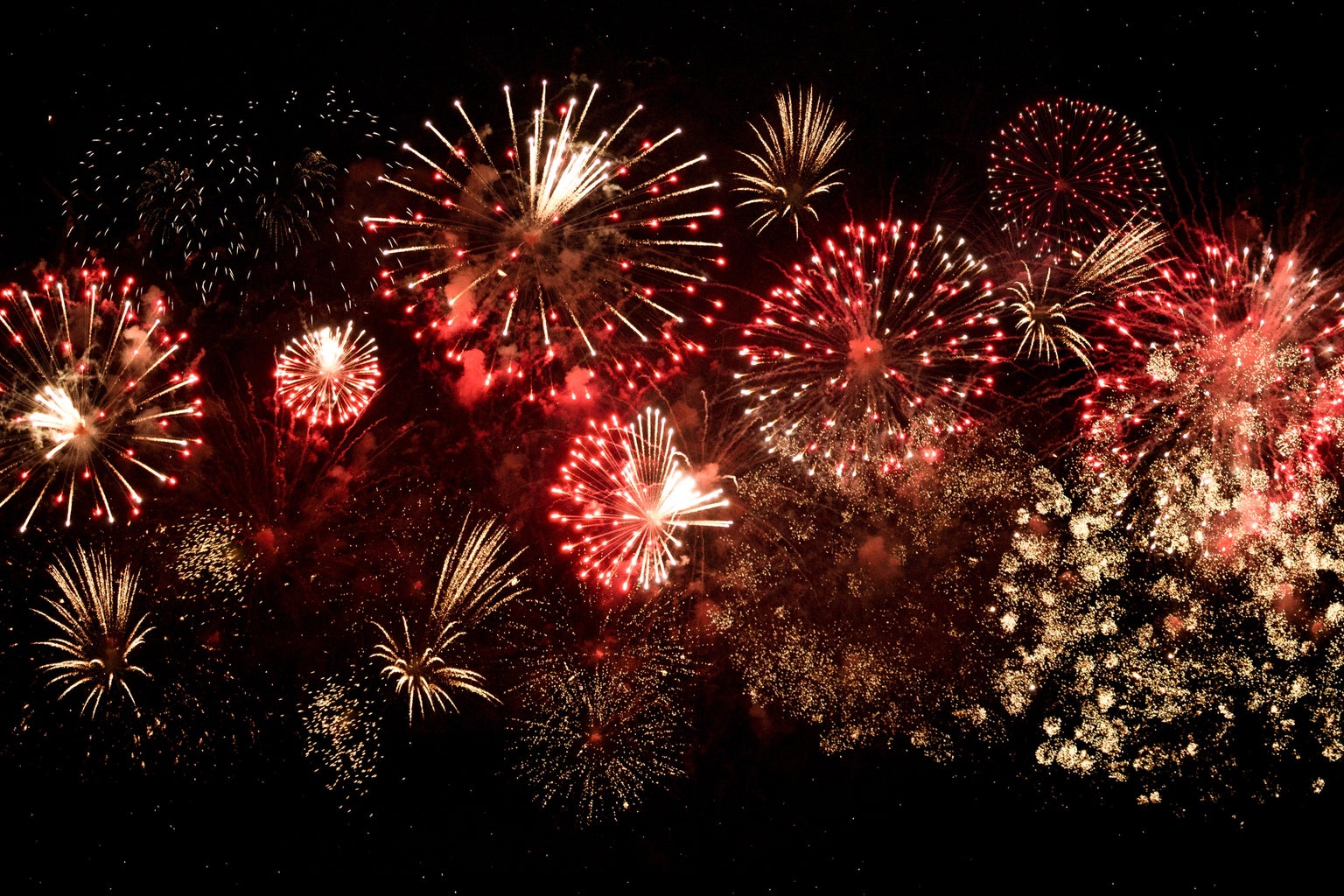Traditionally falling on the 15th day of the eighth lunar month, the Mid-Autumn Festival (中秋节 Zhōngqiūjié in Mandarin), or Moon Festival, is a celebration of the autumnal equinox and harvest, where families gather to light lanterns, eat custom foods, and admire the moon. This year’s vibrant moon party – observed primarily in Eastern and Southeastern Asian countries such as China, Japan, Korea, Taiwan, Singapore, Malaysia, Thailand, and Vietnam – falls on September 21. Here’s a brief background and some tips on celebrating this massive festival.
History and origin
Originating 3,000 years ago during the Zhou Dynasty (1066 B.C. – 221 B.C.) as a ceremony for the upper class to worship the gods and harvest moon, the Mid-Autumn festival didn’t gain traction until the Tang Dynasty (618 – 907 A.D.). Initially, only the emperor, high officials, and wealthy families attended this solemn affair by offering sacrifices to the moon. It’s here that the term “mid-autumn” first appeared in the Confucian classic, The Rites of Zhou, to describe the seasonal time, not the event.
During the Tang Dynasty, moon veneration became conventional among the public, shifting from a somber, formal ceremony involving sacrifices to moon and harvest appreciation through grand parties.
However, it wasn’t until the Song Dynasty (960 A.D. – 1279) that the 15th day of the eighth lunar month became fixed as the “Mid-Autumn Festival,” and the practices of moon reverence, gift exchange, mooncake consumption, and elaborate celebrations became official.
The Modern-day Mid-Autumn festival is the second-most important festival in China, next to the Chinese New Year. It continues to increase in popularity, with new trends emerging alongside traditional customs.
Lenged of the Moon Goddess, Chang’e
One of the most beloved and tragic myths surrounding the festival is the story of Chang’e, the esteemed moon goddess, and her heart-rendering separation from her husband, Hou Yi, a courageous archer. According to the legend, after Hou Yi shot down nine out of ten of the surplus suns scorching the earth, effectively saving the planet from destruction, he was rewarded with an elixir of immortality from the heavens, which he placed in his wife’s care. To protect the drink from a wicked apprentice who sought to steal the potion, Chang’e consumed it and floated to the moon along with a rabbit sent to accompany her. Devasted, Hou Yi prepared a massive feast every year afterward on the day the moon reached its peak in hopes of glimpsing his love from afar. In another less touching version, after saving Earth, Hou Yi became a tyrant obsessed with power, and to stop him, Chang’e drank the elixir.
Significance
In many Asian cultures, especially Chinese, a bright, circular full moon symbolizes wholeness, prosperity, and unity, signifying a time of reunion and connection for families. Many poets and artists have written and painted about the Mid-Autumn Festival, honoring the moon’s traditional significance and expressing their gratitude. During the festival, families share a meal, eat delicious mooncakes, tell stories, and gaze at the glowing moon.
Mooncake Madness
Synonymous with the festival itself, mooncakes are an iconic staple of the event, garnering as much attraction as turkeys on Thanksgiving or latkes on Hanukah and gaining traditional significance during the Song Dynasty (960 A.D. – 1297). Historically, mooncakes acted as battle devices against Mongolian occupation at the end of the Yuan Dynasty (1279 – 1368). These seemingly innocuous treats concealed strategic messages and were distributed throughout China, leading to a rebellion against Mongolian rule and the creation of the Ming Dynasty in 1368.
Nowadays, these delicate little pastries are sliced up and shared with family and friends and come in various flavors, the most common being lotus seed or red bean paste, salted egg yolk, and lard. Traditional mooncakes are circular and have intricate designs depicted on their surface, reflecting the roundness of the full moon and illustrating completeness and reunion. Modern mooncakes range in shape, size, and assortment (stars, flowers, squares; chocolate, truffles, ice cream, etc.), offering a sweeter alternative.
Traditions and Celebrations
Festival customs vary among countries but most typically center around family gatherings, special foods, lantern releasing, fireworks, fire dragon dances, gift-giving, offerings to the moon, and moon-viewing parties.
In South Korea and China, the festival is a national three-day holiday, so many people travel and reunite with family, pay respects to ancestors, and spend time together.
In Taiwan, the celebration also lasts three days and consists of decorating and lighting colorful lanterns and eating autumn fruits such as pomelo and starfruit.
Meanwhile, in Vietnam, the fete is called “Children’s Day,” where youth participate in paper lantern fairs and watch lion and fire dragon dance parades as they feast on mooncakes.
The Japanese consume tsukimi dango (grilled sticky rice balls) while admiring the moon.
While the practice of moon worship has gradually faded over time, the customs of reunion, mooncake consumption, and moon appreciation remain a fundamental aspect of Asian culture and have since expanded amongst other celebrations.
